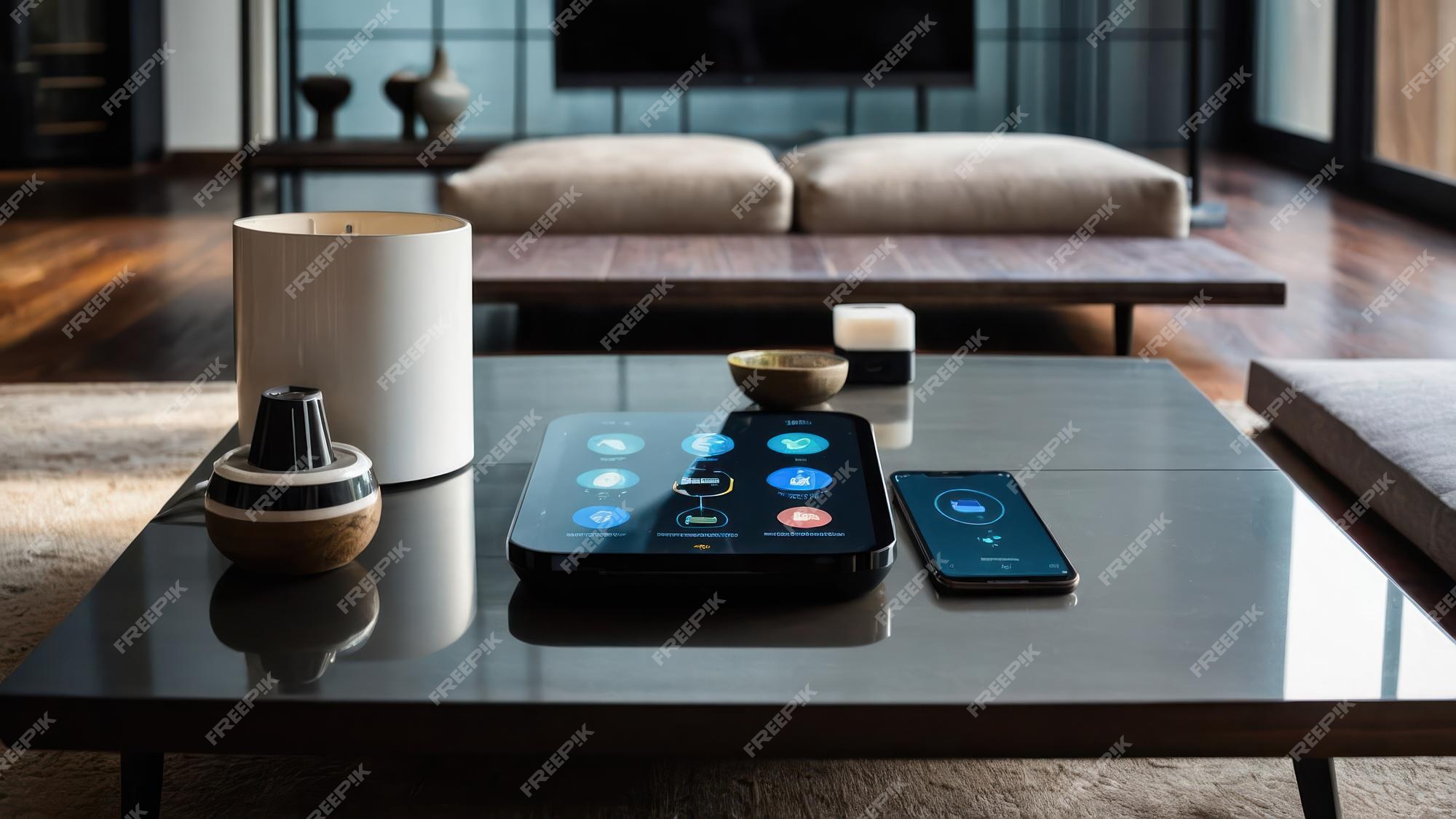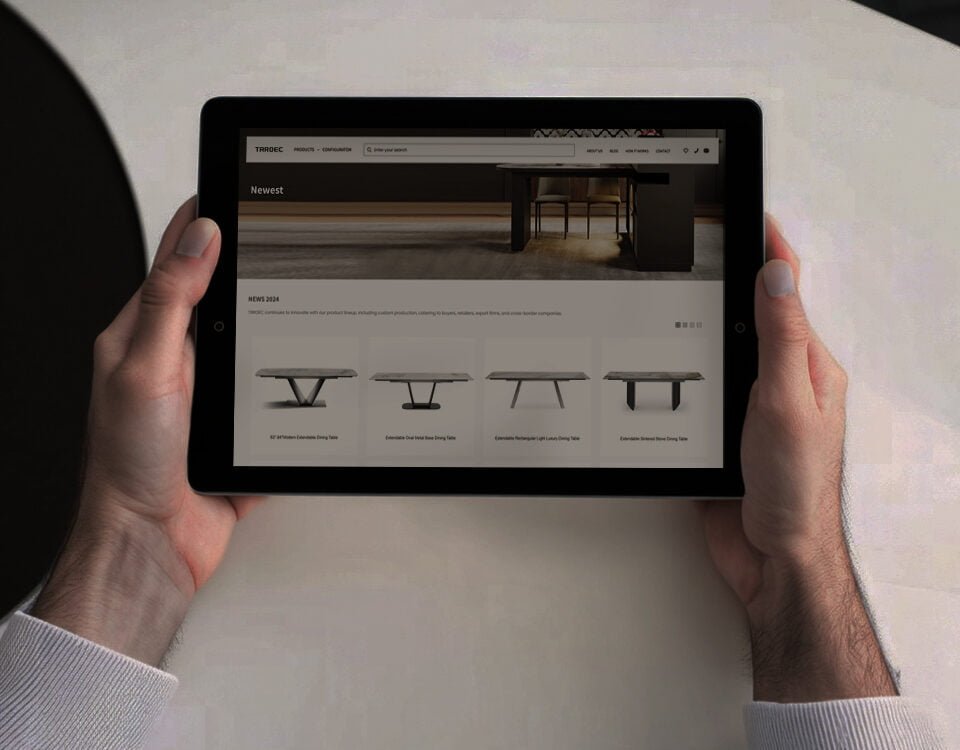In today’s fast-paced world, technology is seamlessly integrating into every aspect of our lives, including how we furnish our homes. Smart furniture is not just a trend; it’s becoming an essential part of modern living spaces. From multifunctional pieces to innovative design, smart furniture is revolutionizing our homes. This article delves into the latest developments in smart furniture and what it means for consumers and the industry.
As urban living spaces become smaller, the demand for multifunctional furniture has surged. Smart furniture designs often feature built-in technology that allows pieces to serve multiple purposes. For instance, a coffee table can transform into a desk, or a sofa may convert into a bed with ease. These designs not only save space but also cater to the growing need for versatility in home decor. This trend is particularly appealing to millennials and urban dwellers seeking efficiency without sacrificing style.

Another exciting development in smart furniture is the incorporation of technology that enhances comfort and convenience. For example, smart beds can adjust firmness and temperature based on individual preferences, ensuring a perfect night’s sleep. Additionally, some dining tables come equipped with built-in wireless charging pads and Bluetooth speakers, allowing for a more connected dining experience. These innovations cater to modern lifestyles, where convenience and comfort are paramount.

Sustainability is also a key focus in the design of smart furniture. Many companies are incorporating eco-friendly materials and energy-efficient technologies into their products. For instance, smart furniture can be designed to minimize waste during manufacturing and use sustainable resources. This not only appeals to environmentally conscious consumers but also aligns with the global push toward sustainability. As more people prioritize eco-friendly living, the demand for sustainable smart furniture will likely continue to grow.

The integration of smart home technology is another significant trend influencing furniture design. With the rise of smart home ecosystems, furniture pieces that can connect to apps and other devices are increasingly in demand. For example, a smart coffee table can sync with your smart home system to control lighting, music, and temperature. This creates a more cohesive and automated living environment, allowing consumers to manage their homes effortlessly.

As smart furniture becomes more prevalent, retailers must adapt to consumer expectations for technology-driven products. This means not only stocking these innovative items but also providing education on their functionality and benefits. Retailers who can effectively communicate the advantages of smart furniture will likely see increased interest and sales. Additionally, brands that prioritize user-friendly designs and integration with existing technology will have a competitive edge in the market.
In conclusion, the rise of smart furniture is reshaping how we think about our living spaces. With multifunctional designs, enhanced comfort features, and a focus on sustainability, smart furniture meets the needs of modern consumers. As technology continues to evolve, so too will the furniture industry, creating exciting opportunities for innovation and growth.
By understanding these trends and adapting to them, businesses can position themselves at the forefront of this transformation, ensuring they meet the demands of a tech-savvy consumer base eager for the latest in home design.


